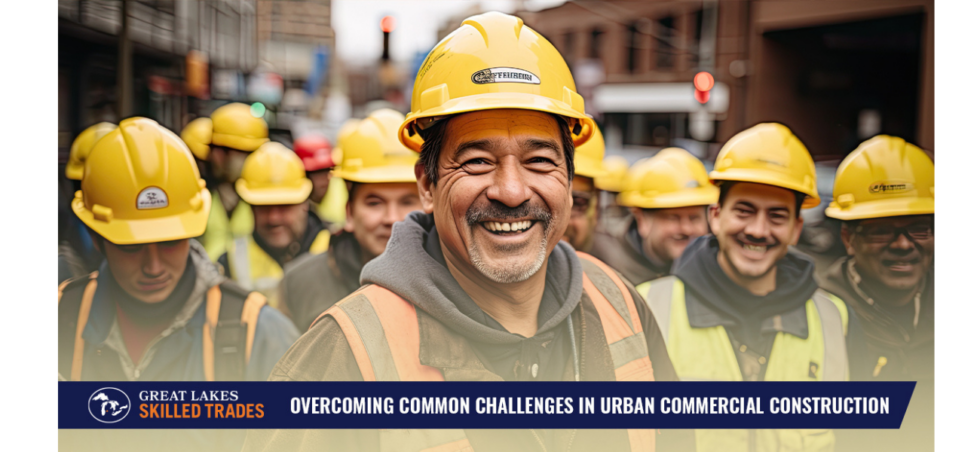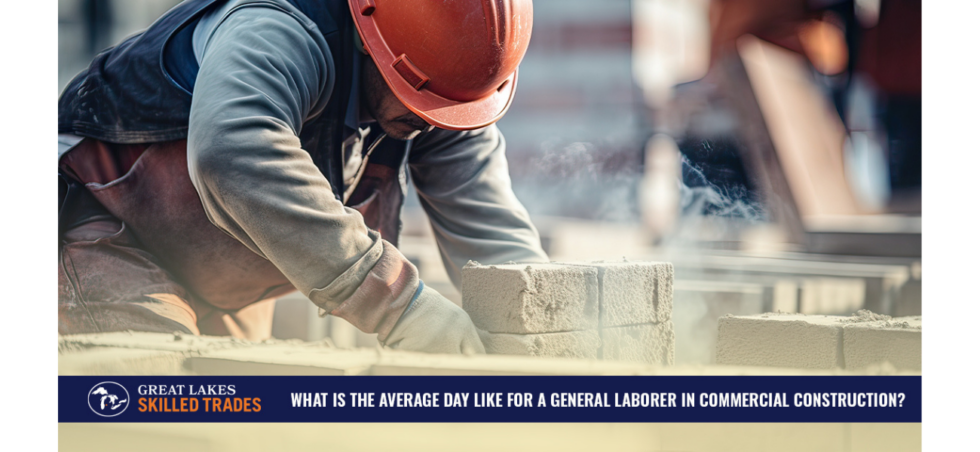A construction site is, by nature, a high-risk environment. Communication is essential to minimizing risk, but how can team members communicate when there is so much noise and distraction? Here is what all contractors need to know.
Clarity
On a job site, both verbal and non-verbal communication must be clear and unambiguous. Just like the ten codes that emergency professionals use, you should develop a set of basic, standardized communications. Include both simple verbal phrases and hand signals so that everyone can get the same message even when it’s too noisy to hear clearly.
Technology
Radios and phone apps can help to communicate real-time updates across a job site. Choose one primary piece of technology for normal situations and a secondary backup for times that your primary tool fails. Train everyone on how to use both solutions and when and how to switch from one to the other. Test all connections during a group meeting each morning before everyone heads out onto the site.
Emergency Protocols
All construction projects should have a written emergency safety plan. Drill this plan with your team before starting work, and bring it up frequently in regular safety meetings. If anything should go catastrophically wrong, this plan can help get people out of danger quickly and efficiently. Make sure each person has an assigned role and that there is a clear and concise way for anyone on the job site to activate the plan.
Feedback
Your team members are your eyes and ears on the ground. They are best positioned to understand what’s working well and where communication is breaking down. Provide easy-to-use lines of feedback for them to express their concerns. Carefully consider all feedback and develop a plan of action to address it.
Team Meetings
Team meetings are essential to building trust, as well as an easy way to communicate any changes or updates. On a high-risk construction site, it’s important to hold a group meeting every morning before work begins and a safety meeting at least once per week. If anything unusual happens during the workday, consider adding a debriefing session at the end of the day for everyone to talk it out.
Do You Need Skilled Trade Professionals?
At Great Lakes Skilled Trades, we specialize in connecting contractors with professionals in the skilled trades throughout the Great Lakes region. If you need a skilled tradesperson, learn more about our services and then contact us today!









